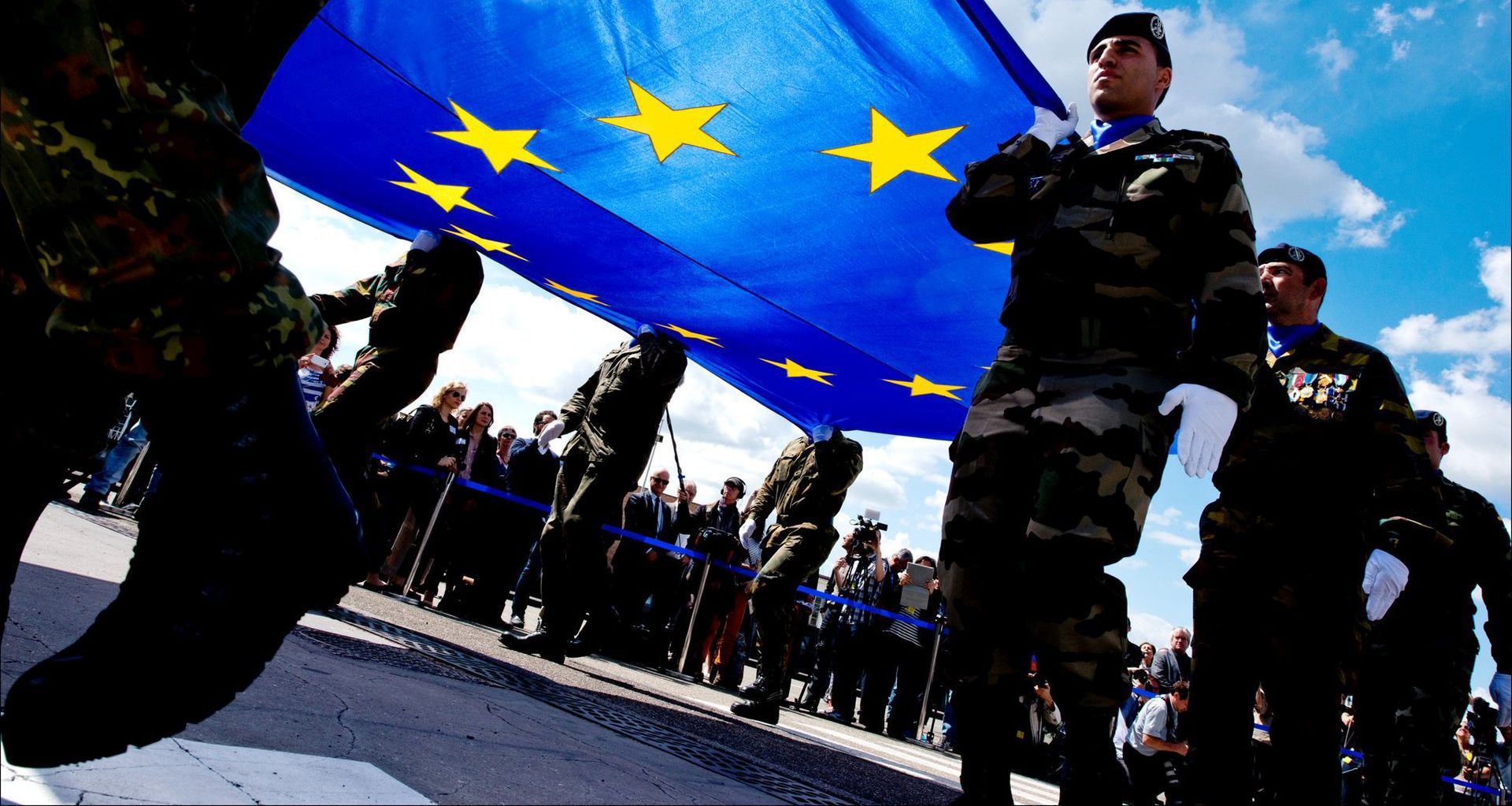BRUSSELS: The European Defence Agency has today published its annual Defence Data report for the year 2018, detailing spending by the 27 EDA Member States. Total defence expenditure stands at €223 billion, representing a 3% increase on 2017 and marks the fifth consecutive year of increased defence spending. EDA’s report also finds that Member States are not meeting spending commitments in key areas.
Total defence expenditure returns to pre-financial crisis levels
The year’s report finds that overall defence spending by the 27 EDA Member States has almost returned to pre-financial crisis levels, €225 billion in 2007 compared to €223.4 billion in 2018. This level of spending represents 1.4% of GDP and 3.1% of total government expenditure. Although overall spending fell by 11% between 2007 and 2013, since 2014 Member States defence expenditure is increasing in line with economic growth.
“It is extremely positive that defence budgets have almost fully returned to pre-financial crisis levels, with 2018 marking the fifth consecutive year of increased spending. Our report is evidence that Member States have put a renewed impetus into defence spending after suffering heavily in the years following the financial crisis. Nevertheless, EDA’s findings do paint a mixed picture in terms of European collaborative defence, with a worrying fall in both equipment procurement and R&T spending in a European context. While European collaborative defence R&T still remains significantly below 2008 levels, it is encouraging that the value and number of ad-hoc R&T projects under EDA is increasing”, Jorge Domecq, EDA’s Chief Executive, commented.
Shortfalls on collective spending commitments
Despite the rise in total defence expenditure, spending on fulfilling collective benchmarks has failed to keep pace. Spending on areas where collective benchmarks have been agreed namely: Defence Investment; Defence Research and Technology; European Collaborative Defence Equipment Procurement; and European Collaborative Defence R&T all still remain below 2008 levels.
EDA’s report provides detailed analysis of how current spending relates to these four collective benchmarks agreed at the EDA Steering Board in 2007, as follows:
- €44.5 billion on Defence Investment (procurement of new equipment and R&D), representing 19.9% of Total Defence Expenditure against a collective benchmark of 20%;
- €6.4 billion on European Collaborative Defence Equipment Procurement, representing 17.8% of Total Defence Equipment Procurement against a collective benchmark of 35%;
- €2.1 billion on Defence Research and Technology, totalling 0.9% of Total Defence Expenditure against a collective benchmark of 2%; and,
- €153 million on European Collaborative Defence R&T, totalling 7.3% of Total Defence R&T against a collective benchmark of 20%.
Key findings
However, among the 27 EDA Member States some disparities in achieving these benchmarks can be observed:
- 14 Member States spent 20% or more of their defence budget on investment in 2018, up from 7 states in 2014;
- 21 Member States now dedicate more than 10% of defence budget on investments;
- 8 Member States combined account for 96% of total defence research and technology spending, with the largest four accounting for 85%.
Background Information
EDA collects defence data on an annual basis, and has done so since 2006, in line with the Agency’s ministerial Steering Board decision of November 2005. The Ministries of Defence of the Agency’s 27 Member States (all EU Member States except Denmark) provide the data. EDA acts as the custodian of the data and publishes the aggregated figures in its booklets.
All data is collated (“Total incorporates 27 EDA Member States”), and it has been rounded. Defence expenditure figures are provided in constant 2018 prices in order to take inflation into account and allow for a comparison across years.










